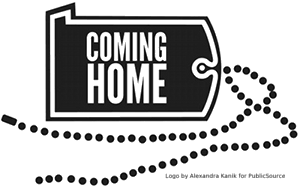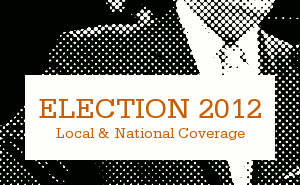Researchers at Carnegie Mellon University used a popular social network called Foursquare to get a better understanding of the city. Foursquare allows users to “check in” at a location, and it posts the information online.
“What we actually did is, by identifying different places people go throughout the day, like a certain bar or a certain restaurant, we can see different areas of character around a city, and you can learn a lot about the relations between these different areas and about the different dynamics that construct a city,” said researcher Raz Schwartz, a Ph.D. student at CMU.
Until now, most of the understanding about neighborhoods comes from perceptions of borders, word of mouth, and census information. The study of so-called “livehoods” found that areas sometimes spilled over existing neighborhood boundaries, or identified several communities within a neighborhood.
“We can create a more dynamic and on-the-ground picture of the different places people visit throughout the day and through that, get a better understand about our city,” said Schwartz.
For example, the researchers found that the South Side contained four distinct livehoods in a relatively small area. They include one centered on bars, another centered on Southside Works, and another that focused on Giant Eagle.
Researchers said livehoods provide a new tool that could be used to address a wide variety of urban problems and opportunities, and are exploring how this could apply to city planning, transportation, and real estate development.
One problem with a study such as this is, while it may seem like everyone and their grandmother has a smart phone, there are still many people who don’t, and many more who simply don’t use “check in” apps such as Foursquare. To address that, Schwartz said researchers went to popular check-in locations and interviewed people in person.
“And we saw that a lot of that feedback corresponded with our findings,” he said, “so these people that don’t use Foursquare, some of them didn’t even know about Foursquare, gave us the same input we got from the social media data we gathered from Foursquare.”
Whenever social networking is used, concerns over privacy arise. Schwartz said researchers did this study using only publicly available data that people willingly shared via Foursquare, which then posts check-ins on sites like Facebook and Twitter.
The Pittsburgh analysis was based on 42,787 check-ins by 3,840 people at 5,349 venues. Livehood maps have also been created for New York City and San Francisco.






